Get PeakVisor App
Sign In
Search by GPS coordinates
- Latitude
- ° ' ''
- Longitude
- ° ' ''
- Units of Length

Yes
Cancel
Share ×

Scan the QR code and open PeakVisor on your phone
❤ Wishlist ×
Choose
Delete
Discover the jagged mountains and diverse wildlife of Reggio Calabria when you visit southern Italy’s Aspromonte National Park (Parco Nazionale dell'Aspromonte). There are 143 named mountains in Aspromonte National Park. The highest and most prominent mountain in the park is Montalto (1,956 m/6,414 ft).
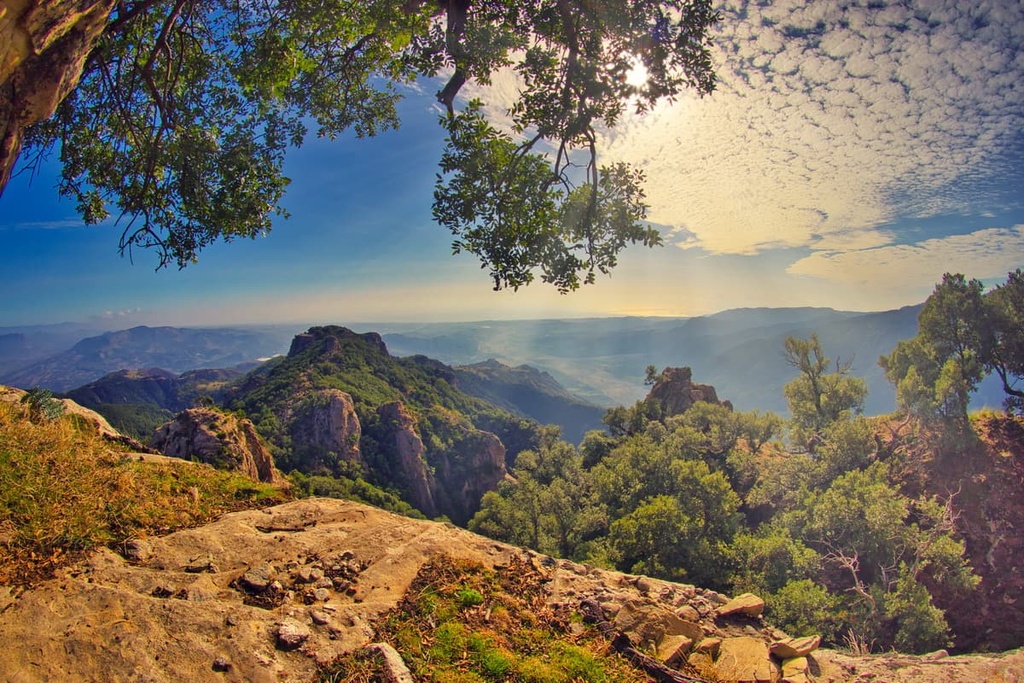
Aspromonte National Park is a national park located in the "toe" of the boot of Italy. It is situated entirely within the Metropolitan City of Reggio Calabria. The park covers an area of approximately 641.5 sq. km (248 sq. mi) and is the southernmost national park in mainland Italy.
Aspromonte National Park is centered around the Aspromonte, a massif within the Apennines, which is a mountain range that extends for 1,200 km (750 mi) along the spine of Italy.
Aspromonte roughly translates to mean “harsh mountains,” a fitting name for the massif as it is home to many rugged mountains and sheer cliff faces. The park's highest peak, Montalto (1,956 m/6,414 ft), is designated an Ultra mountain because it has a prominence of over 1,500 m (4921 ft).
Forests consisting mainly of beech, silver fir, chestnut, and oak cover most of the landscape of the Aspromonte National Park. Swathes of maquis shrubland and grasslands are also common in the park.
Several large rivers snake across the landscape of Aspromonte National Park. The 68 km (42 mi) Fiumara Amendolea flows south from its source near Montalto and has a drainage basin of over 150 sq. km (58 sq. mi). Meanwhile, Fiumara La Verde springs from the slopes of Montalto and flows eastward, emptying its 117 sq. km (45 sq. mi) drainage basin into the Ionian Sea.
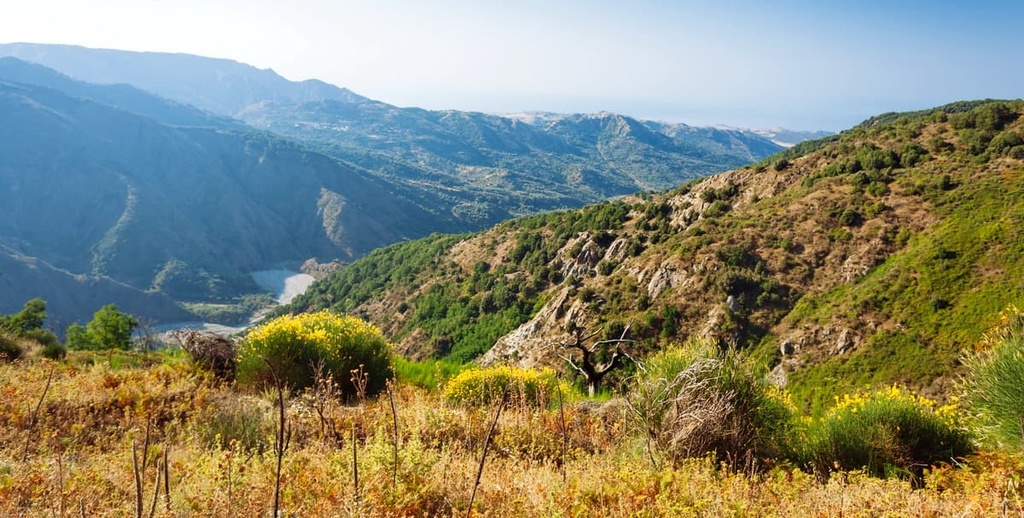
Other notable rivers that flow through Aspromonte National Park include Fiumara Bonamico, Fiumara di Mèlito, and Fiumara Tòrbido. The park's largest lake is Lago Menta.
The interior of Aspromonte National Park is well-preserved and isolated, with no major settlements. Gambarie, a village located on the park's western edge, is famous because it is home to a ski resort (Gambarie d'Aspromonte) that’s situated very close to the sea.
The town of Santo Stefano in Aspromonte is home to the park's headquarters. Other settlements located within Aspromonte National Park include Bova, Gerace, Samo, Bagaladi, and Mammola. The city of Reggio Calabria is located approximately 33 km (20.5 mi) to the west of Aspromonte National Park.
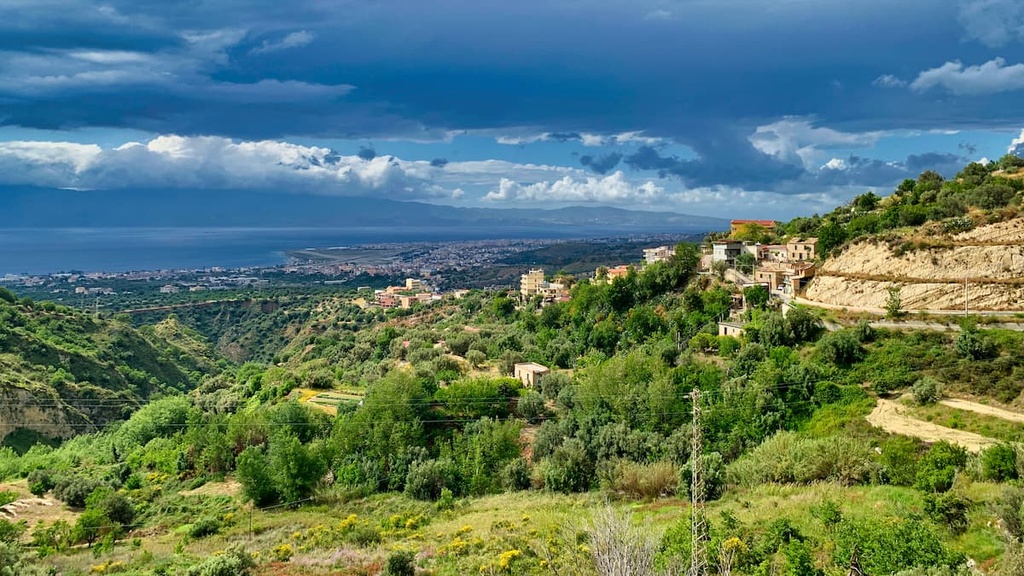
The Aspromonte massif has a complex geologic history. It has been designated as a UNESCO Geopark to preserve the geological legacy of the central Mediterranean. It's also one of the most geologically active areas of the Mediterranean.
Interestingly, the region that is now Aspromonte National Park is in fact, an Alpine fragment that was separated from the rest of the Alps chain by the opening of the Piedmont-Liguria Basin and the Tyrrhenian Sea.
The backbone of the Aspromonte massif is made up of crystalline metamorphic rocks, an unusual formation for the Apennines. These rocks date back over 300 million years to the Paleozoic Era.
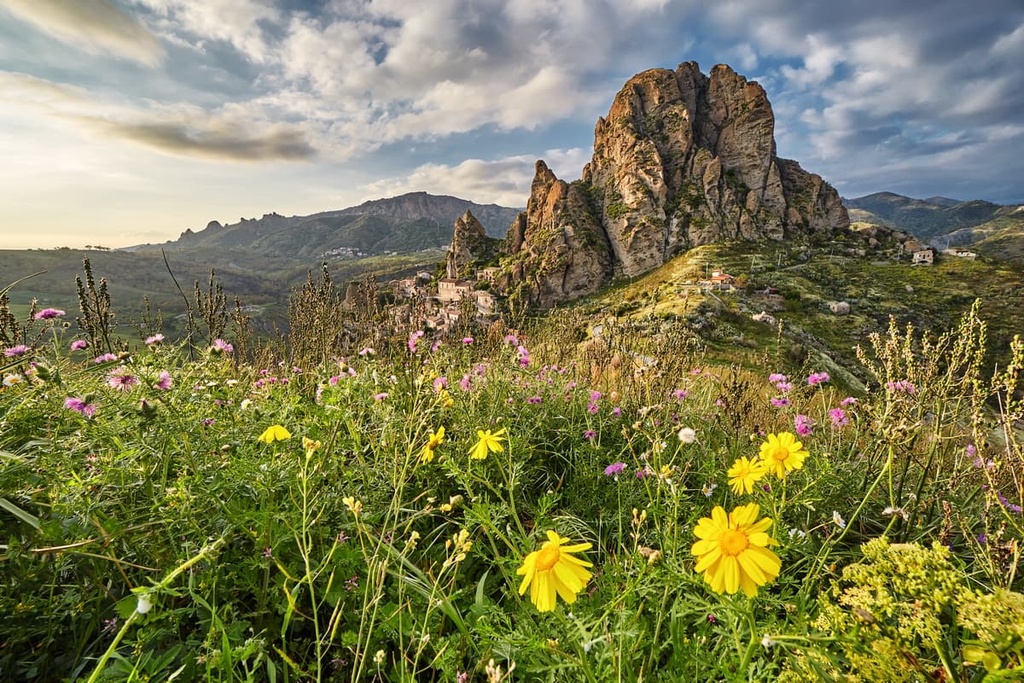
These crystalline metamorphic rocks are of special interest to geologists, as they formed when intense pressure or heat within the Earth's crust metamorphosed igneous or sedimentary rocks.
Only slow movement from the complex central Mediterranean tectonic plates has allowed these rocks to reach the surface. As a result, these rocks give geologists a rare insight into the geological succession of the region.
The Aspromonte massif has several other unique features which warrant geological study.
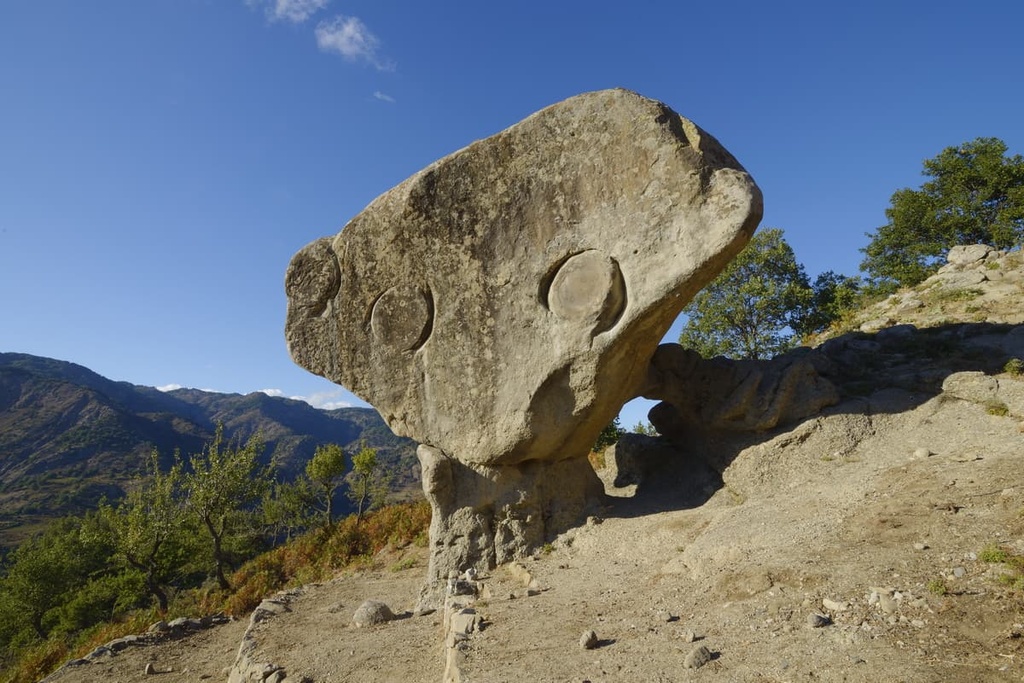
The Pietra Lunga (872 m/2,861 ft) and the massif's other monoliths are dolomitic in nature and, with their quarries and waterfalls, offer keen insights into the geologic history of the Aspromonte plateaus. In addition, the valleys of the fiumare, which are unique to southern Italy, are of great geomorphological interest.
Today, the Aspromonte massif is a rugged mountain group that’s characterized by its dramatic prominence. Aside from the massif's main summit, Montalto (1,956 m/6,414 ft), notable peaks include Monte Fistocchio (1,519 m/4,984 ft), Monte Grosso O Lesti (1,311 m/4,301 ft), and Pietra Cappa (829 m/2,720 ft).
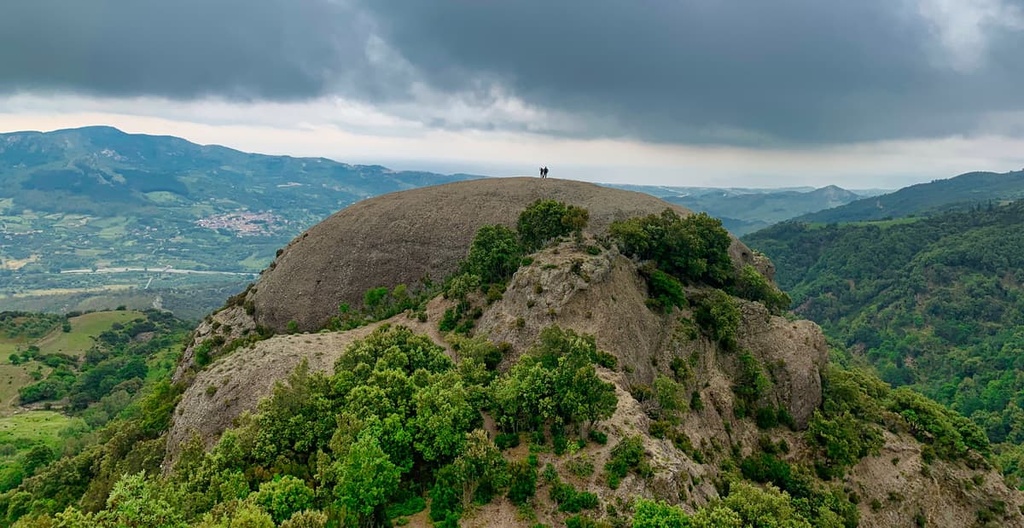
One of the main reasons for establishing the Aspromonte was to protect the area's incredible biodiversity. The Aspromonte is a myriad of mixed forests, vibrant flowers, and rare animals.
The Aspromonte massif is one of several areas across the Apennines where Apennine wolves have been successfully reintroduced and have stable numbers.
Seventy-five subspecies of roe deer were successfully reintroduced to the area in 2011. The forest dormouse is widespread in the park's woodlands and is only found in two places in Italy: Friuli Venezia Giulia and Calabria. Other notable mammals include southern squirrels, stone martens, and badgers.
With the Tyrrhenian Sea to the west, the Ionian Sea to the east, and the Strait of Messina to the south, the Aspromonte massif is an important stopping point and nesting area for many bird species.
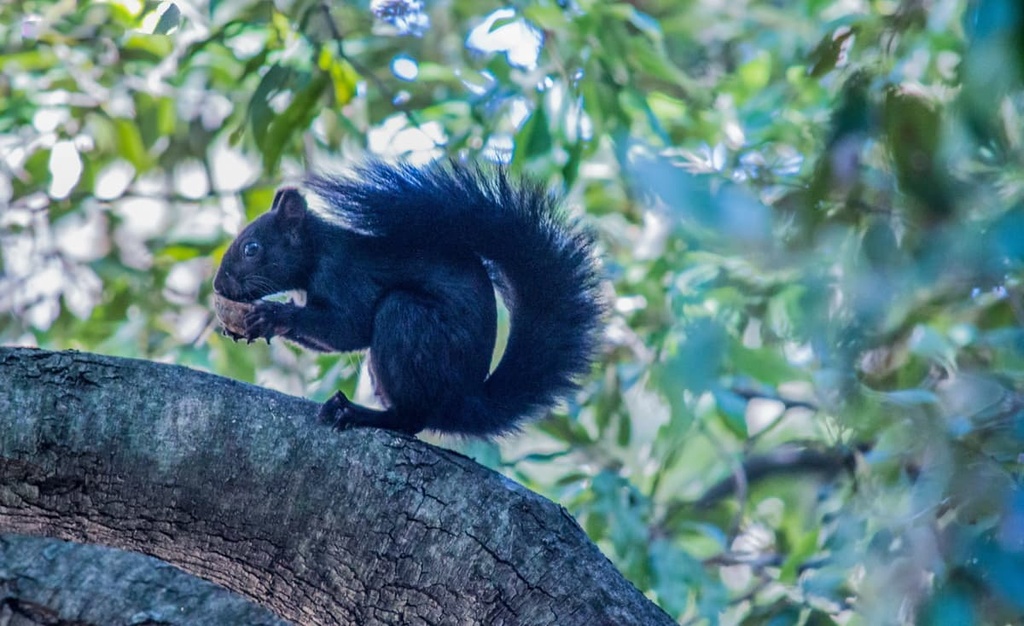
Over 70 bird species have been documented in Aspromonte National Park. Notable species include Bonelli's eagles, European turtle doves, red-footed falcons, and lesser spotted woodpeckers.
Several vibrantly-colored amphibians live within the Aspromonte massif, like the black and yellow-spotted fire salamander and the Apennine toad, with its yellow-orange abdomen. Meanwhile, trout and river crabs are common in the park's many waterways.
Additionally, colorful insects are a common sight in the park. Notable insect residents in the park include species such as Rosalia longicorns, apollo butterflies, and several species of cucujus.
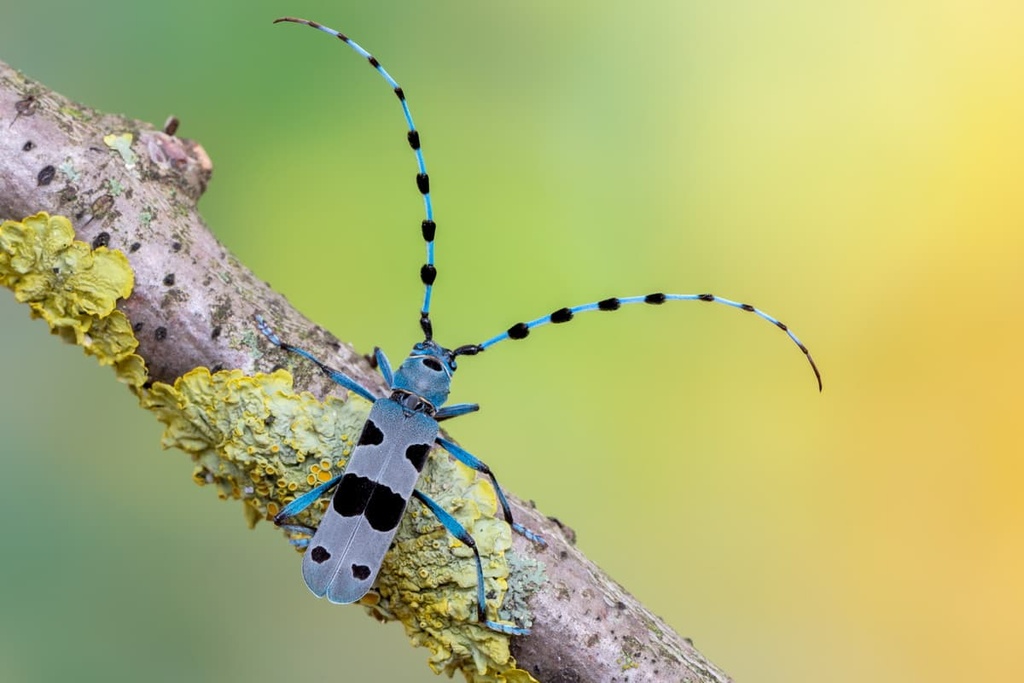
There are approximately 1,500 plant species that live in Aspromonte National Park, which accounts for 50 percent of all regional flora. The park's location at the center of the Mediterranean means flora from several overlapping regions are present, adding to the area's biodiversity.
Along the park's rivers, there's a wide variety of trees, including willows, poplars, alders, and holm oaks. These trees are interspersed with Mediterranean shrubs, such as rock roses, brooms, myrtles, and strawberry trees, at low elevations.
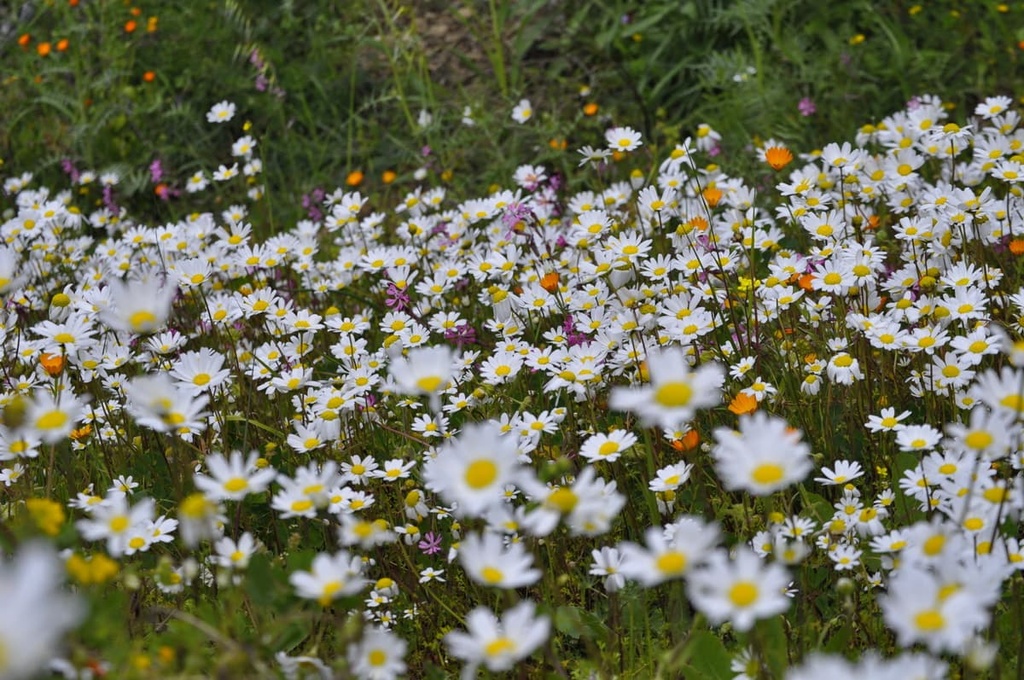
As you climb into the mountains of the park, southern oaks start to mix with pine forests. Eventually, beech trees begin to dominate the landscape at the highest elevations.
One of the most notable flower species found within Aspromonte National Park is the foxglove, which is otherwise rare in Italy. Highly poisonous if ingested, these beautiful pink flowers are best admired from a distance. Other notable flowers found across the Aspromonte massif include red lilies, Sicilian saffrons, spotted orchids, and wild mallows.
Calabria has some of the oldest evidence of human habitation in Italy, with some archeological discoveries in the region dating back 700,000 years.
Humans began building permanent settlements around the Aspromonte massif during the Neolithic period, around 3,500 years ago. Evidence of early settlements has been uncovered near Bova and along the ancient Via Grande ridge path.
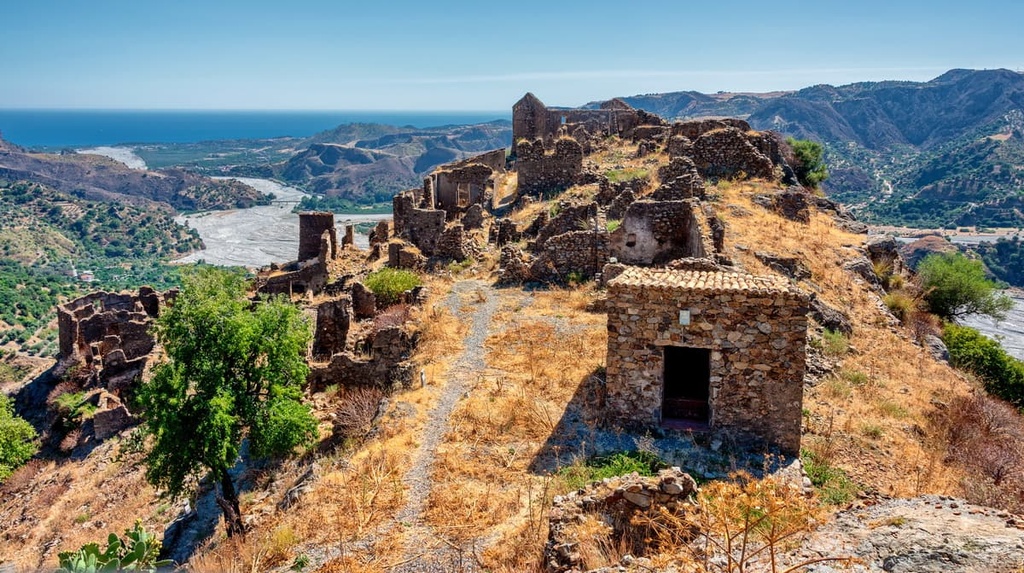
The Greeks founded many settlements across Calabria by the seventh century, though the area was known as Magna Grecia at the time. In later centuries, Christian-Orthodox rites and the Greek language spread across the area, influencing local culture. Throughout Reggio Calabria, it's possible to hear people speaking the Griko language, an Italic-Greek dialect developed by the Grecanici.
As it is surrounded by the sea on three sides, Reggio Calabria has been subject to many coastal raids and battles throughout history. Following Greek colonization, the Bruzi, an ancient Italic people, took power in the region, only to be defeated by the Romans soon afterward. Raids by pirates were also common along the region's coastline during this time.
Following the Unification of Italy, Calabria suffered considerably due to what many in the region perceived to be neglect from the government. During the late nineteenth century, it's believed that 70 percent of the population was illiterate due to a lack of educational funding. As a result, most of the population boycotted elections.
The region's weakened state led to the rise of the 'Ndrangheta, a local Mafia-type crime syndicate. The 'Ndrangheta often used the inaccessible mountains of Aspromonte to hide loot and hostages. It's believed the 'Ndrangheta still has a sizable effect on the economy of Calabria.
Fascism was not popular in Calabria during the reign of Benito Mussolini. In December 1924, a false rumor spread across the city of Reggio Calabria that Mussolini had resigned, leading to prolonged celebrations.
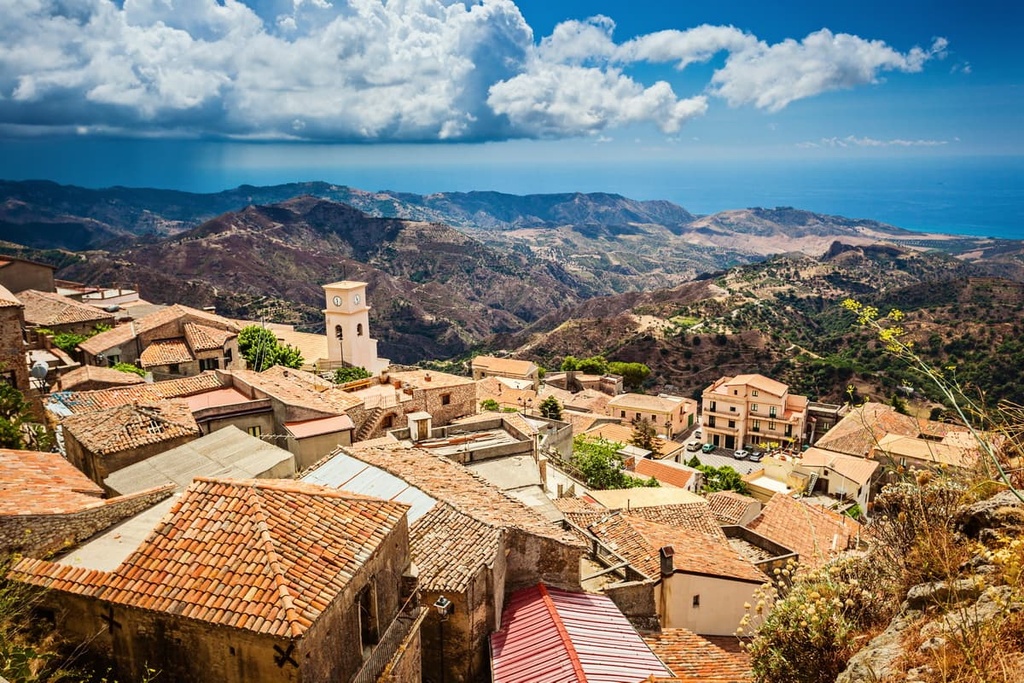
Local officials, police forces, and the aristocracy in the region supported fascism to protect their own interests and because they saw it as a favorable alternative to socialism and communism. On September 3, 1943, Reggio Calabria became the first place that the Allied forces landed on mainland Italy.
Today, Reggio Calabria and the Aspromonte massif as a whole are much more peaceful, and the region is now known as a haven for wildlife and hikers. Aspromonte National Park was established in 1989 to protect the area's biodiversity, geological heritage, and unique cultural history. The park also incorporates parts of the former National Park of Calabria, which existed until 2002.
From its otherworldly monoliths to its lush forests, Aspromonte National Park offers one of southern Italy's most exciting hiking experiences.
Due to the isolated nature of the park and the danger that many of the mountains present, hikers should come well prepared with topographic maps, GPS trackers, and plenty of food and water.

Before setting out, hikers should head to a visitor's center in the region for information on weather conditions and trail closures. You can also purchase guides and maps at most of these visitors centers. For more information on the region’s visitors centers, check out the official park website.
Read on to learn about some of the best hikes in Aspromonte National Park.
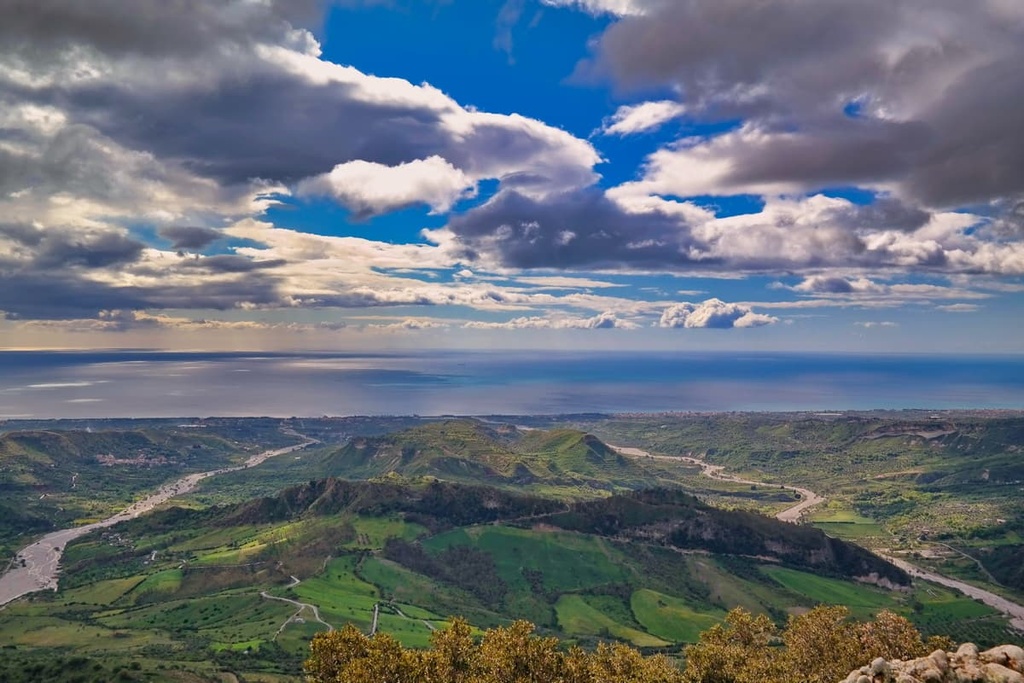
The highest mountain in the Aspromonte massif and an Italian Ultra, Montalto (1,956 m/6,414 ft), is an imposing climb and a must-do for any avid hiker.
Ancient pilgrims used to ascend Montalto to pray at the Statue of Our Lady. Today, hikers can still perform this pilgrimage. The summit of Montalto is marked with the bronze Statue of the Redeemer to this day.
One of the most popular methods of climbing Montalto is on the number 116 red-and-white marked trail from Samo. This is one of the longest approaches to Montalto at 26.5 km (16.5 mi) in length. The walk from Samo to Montalto takes most hikers approximately 14 hours to complete.
A shorter route up Montalto is from Gambarie. This walk takes you to the Piazza Nino Martino and then to a clearing at Materazzelli at the foot of the mountain. This trail takes most people approximately 9 hours to complete. From atop Montalto, the Ionian Sea, the Tyrrhenian Sea, and Mount Etna (3,357 m/11,013 ft) are all visible.
Located in the northeast of Aspromonte National Park in the Valley of the Great Stones (Valle delle Grandi Pietre) is the sublime Pietra Cappa (829 m/2,720 ft). One of the symbols of Aspromonte National Park, the Pietra Cappa rises some 140 m (459 ft) from the valley floor and is one of the largest monoliths in Europe.
Folklore surrounds many of the mountains of Calabria, and Pietra Cappa is no exception. Legends say that if you put your ear against the monolith, you can hear a scream. The scream is supposedly that of the officer who slapped Jesus during his interrogation prior to the trial that was presided over by Pontius Pilate.
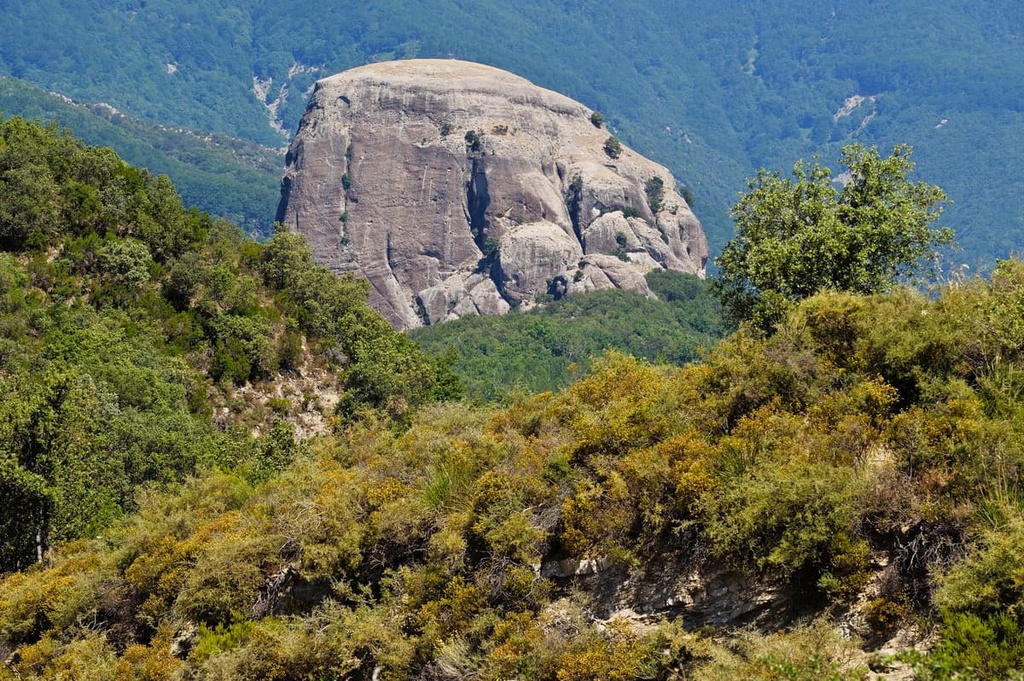
It's possible to scale Pietra Cappa starting from Monte dell'Orgiata (603 m/1,978 ft) on a route that’s signposted as trail number 112. This walk takes approximately 4 hours to complete.
On this walk, you’ll pass by the Rocce san Pietro, ancient rock pallets built by Basilian hermits, and then the medieval Castello di San Giorgio Morgeto (677 m/2,221 ft). The summit of Pietra Cappa provides the finest views of the Valley of the Great Stones, which is itself one of Aspromonte's most evocative landscapes.
One of the best places in Aspromonte National Park to enjoy a mountain hike through lush forests is Monte Basilico (1,737 m/5,699 ft).
The slopes of this mountain have some of the finest fir and beech forests in the park. The dense forests' low lighting combined with the sounds of local wildlife make this a pleasant ramble. The mountain's summit also affords sweeping views looking eastward across the Aspromonte massif.
The best way to scale Monte Basilico (1,737 m/5,699 ft) is on the number 210 Sentiero Verde (Green Path) from Gambarie. The walk takes around 5 hours to complete.
The Sentiero Verde starts by skirting along the slopes of Puntone Scirocco (1,657 m/5,436 ft). It then takes you past a youth hostel before reaching Monte Basilico.
Since it boasts several impressive rivers within its boundaries, Aspromonte National Park is home to some can’t-miss waterfalls, including the Cascate dell’Amendolea.
The Menta-Amendola Waterfalls (Cascate dell’Amendolea) is an imposing waterfall with three drops. The walk to the falls also provides excellent views of the park's largest lake, Lago Menta. It's among the most popular places to visit in the park, as it's reachable via an easy and short trail.
One of the most rewarding ways of reaching the falls is on the number 116 red-white-red marked trail starting from the Menta Dam (Diga del Menta). This walk takes approximately 4 hours round-trip, and it is simple, short, and beautiful. However, there are risks of landslides in a few areas along the trail, so take care as you hike.
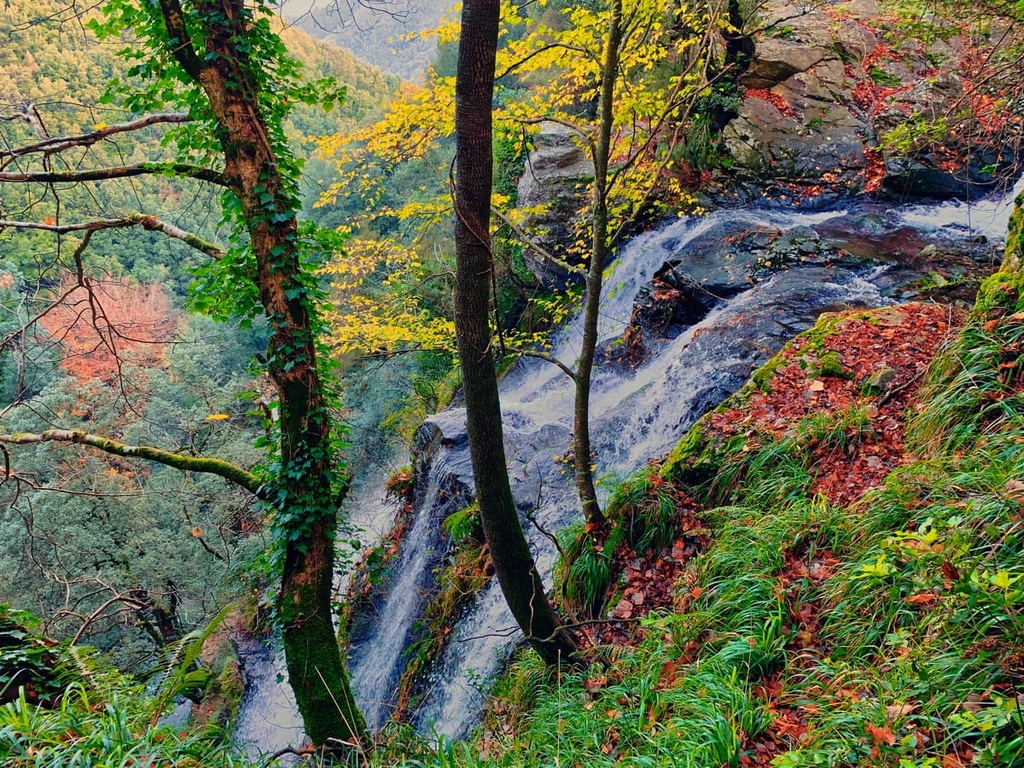
This fascinating walk takes hikers across a bridge, through an abandoned village, and to views of one of the finest valleys in the park.
Carved by the Fiumara La Verde, the Valley of La Verde (Gole La Verde) is striking, with its narrow and unscalable cliffs that tightly envelope the river below. The walk to the valley starts from Samo and takes 3 or 4 hours to complete.
This walk starts by crossing the bridge of Santa Caterina before reaching the ruins of the ancient hilltop village of Precacore. Passing the church of San Giovanni and walking through some shrublands, you'll find the rock spurs of Prachi and Timpa di don Prazzito, from which you can admire the Valley of La Verde.
Some of the most beautiful villages in Italy await travelers to Aspromonte National Park. Read on to find out about the best places to stay during your visit to the region.
Reggio Calabria, the largest city in Calabria, sits overlooking the Strait of Messina, approximately 30 km (18.5 mi) from Aspromonte National Park. This gem of the Mediterranean is known for its busy port, historic architecture, and delicious cuisine.
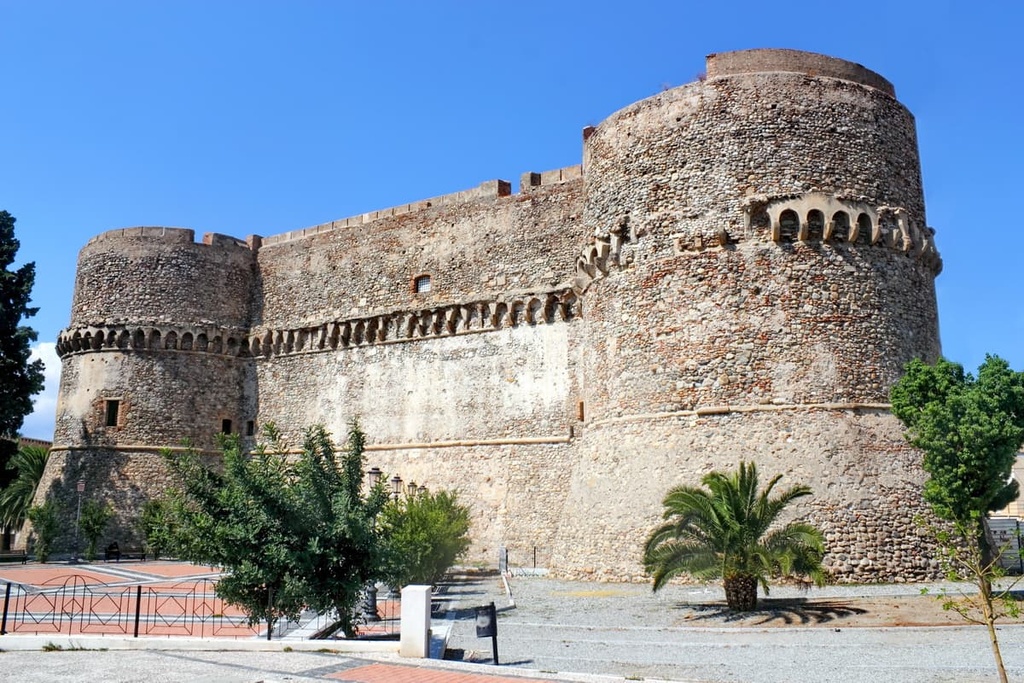
During your stay in Reggio Calabria, be sure to tour the Byzantine Aragonese Castle (Castello Aragonese), or drive along the coast and soak up some sun in the picturesque town of Scilla. A popular spot with tourists, Reggio Calabria is home to many hotels, including the Grand Hotel Excelsior, Hotel Continental, and E' Hotel.
The commune of Santo Stefano in Aspromonte is a collection of small villages that’s situated to the west of Aspromonte National Park. It's home to the park's headquarters and Gambarie, a popular ski resort.
As well as being home to one of the world's closest ski resorts to the ocean, Gambarie is popular with hikers, as many of the park's best trails begin in and around the village. Popular hotels in Santo Stefano in Aspromonte include Hotel Miramonti, Hotel Centrale, and B&B Le Civette.
Located on the Aspromonte National Park's southern boundary is the small town of Bova. This gorgeous hillside settlement is culturally and historically significant as it's part of Bovesia, a Griko-speaking area of Calabria. As a result, the village is part of the I Borghi più belli d'Italia (Most beautiful villages in Italy), a list of beautiful and historic Italian towns and villages.
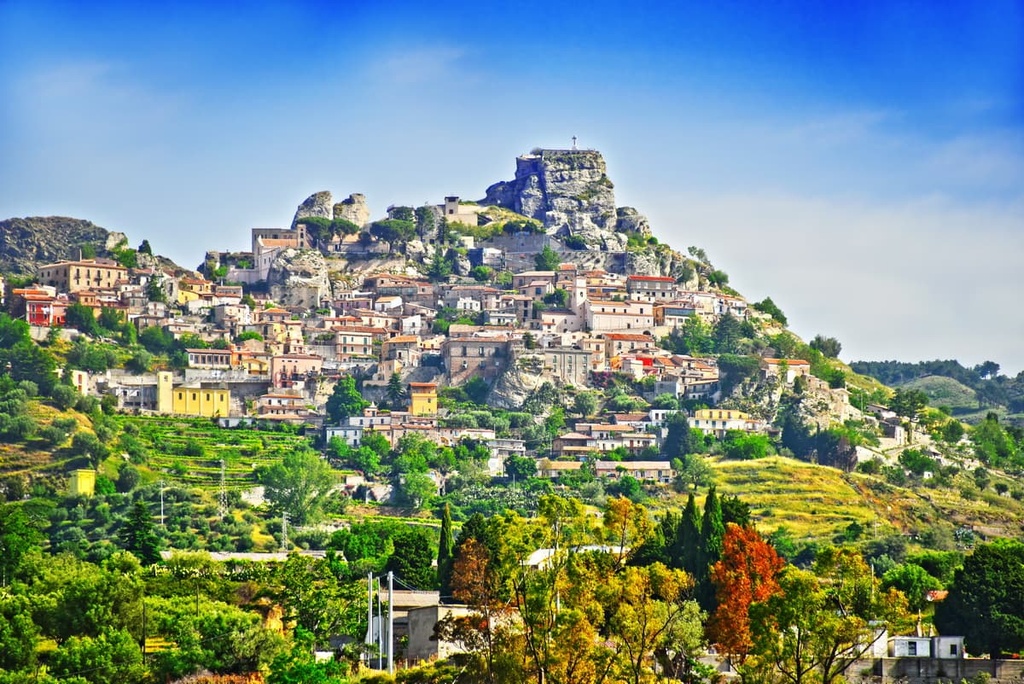
Bova has several interesting historical attractions, and visitors won't want to miss out on the Norman Castle (Castello Normanno), which sits atop a rocky spur looming over the town. Nearby accommodation options for visitors to Bova include Kalòs Jero and Il Cielo di Bova.
Perched atop a 500 m (1,600 ft) tall rock to the northeast of Aspromonte National Park is the town of Gerace. Another town included in the I Borghi più belli d'Italia, Gerace is shrouded in folklore. The town's name means "sparrowhawk" in Greek, as legends say a sparrowhawk picked the town's location.
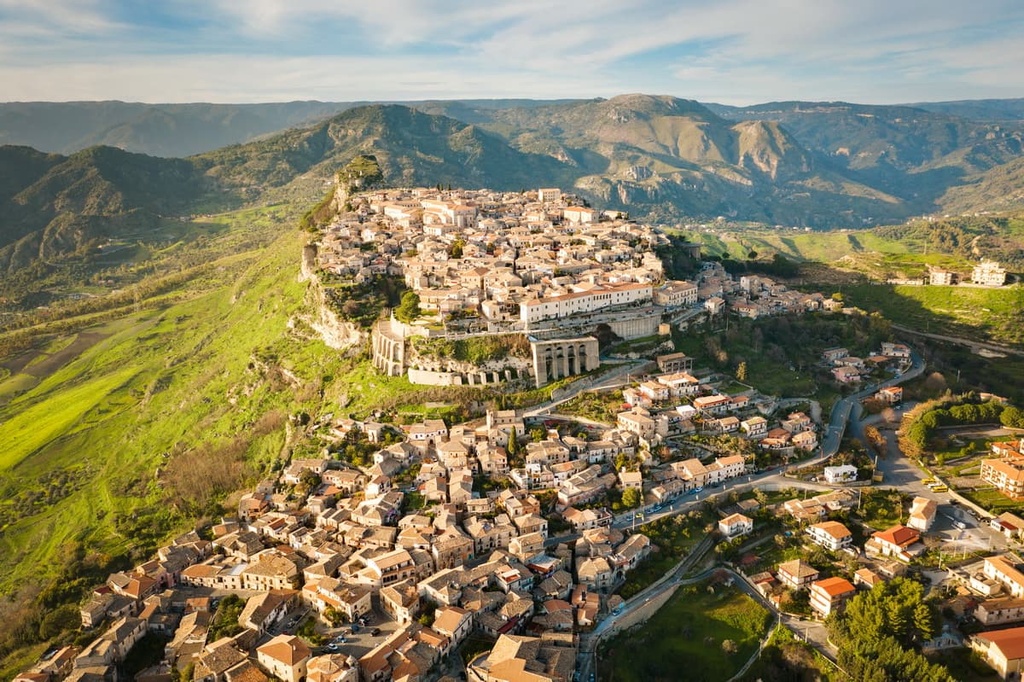
As you'd expect, there are a number of interesting historical sights in Gerace worth checking out, like the thirteenth-century Church of St. Francis (Chiesa di San Francesco d'Assisi) and the Gerace Cathedral (Duomo di Gerace), the latter of which is the largest religious building in Calabria.
Hotels in Gerace include Palazzo Candida B&B, Albergo Palazzo Sant'Anna, and Lo Sparviero.
Located approximately 15 km (9.3 mi) to the south of Aspromonte National Park is the striking village of Pentedattilo. The village sits at an elevation of over 250 m (820 ft) above sea level on the slopes of the rugged Monte Calvario (436 m/1,430 ft).
Pentedattilo was a ghost town from the mid-1960s until the 1980s when volunteers from across Europe repopulated the settlement. One of the top attractions in the village is the ruins of the Castello degli Alberti, which sits atop Monte Calvario. If you plan to stay in Pentedattilo, book a room at Ostello della Gioventù di Pentedattilo or Borgo Pentedattilo.
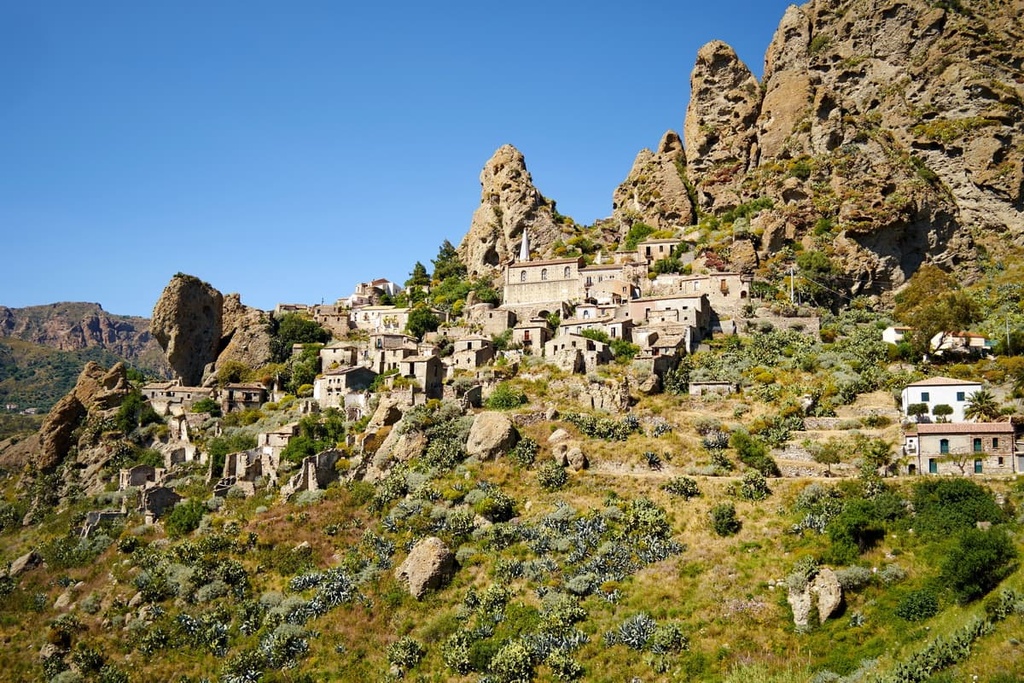
Explore Aspromonte National Park with the PeakVisor 3D Map and identify its summits.








